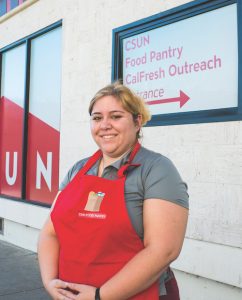No One-Size-Fits-All Solution to L.A.’s Homeless Crisis
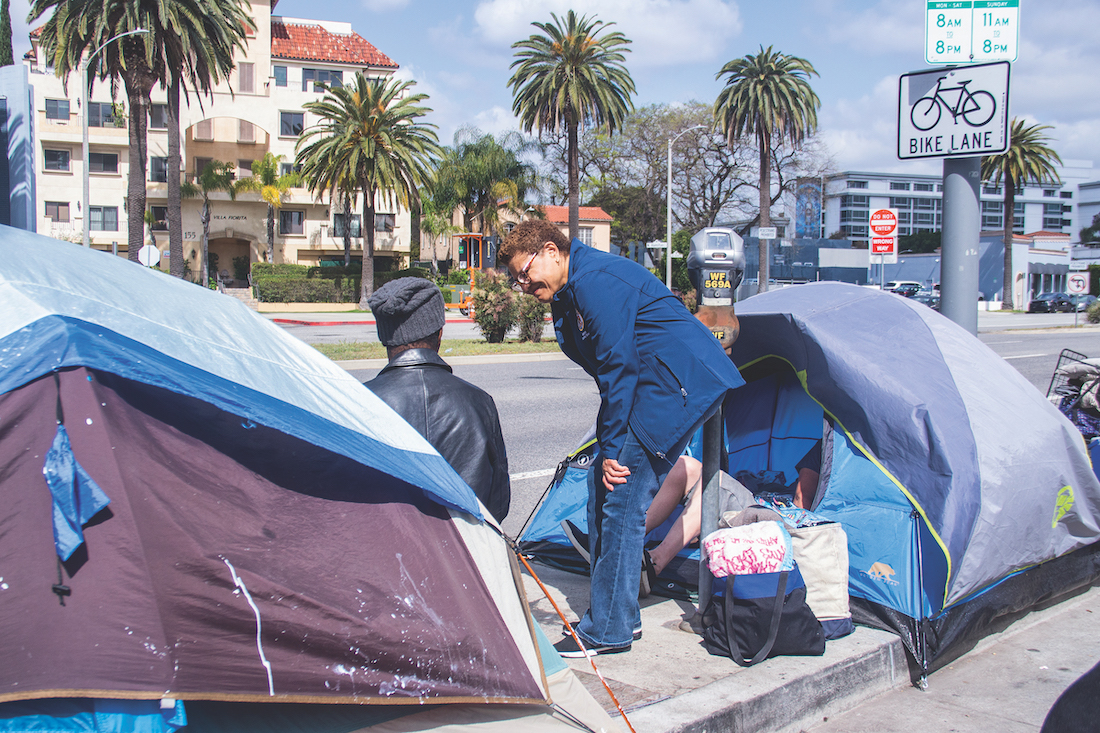
There’s not just one reason people become unhoused, and there’s not just one way to solve the homelessness issue. What we do know is that it’s a problem that is growing, in Los Angeles and other major cities, especially among certain members of the population. It’s a complex issue that no one seems to have an answer for, and new programs are not making a dent in solving the problem.
According to data from the 2022 Department of Housing and Urban Development, Los Angeles had the largest homeless population in the country with 65,111 people experiencing homelessness. Thirty percent of homeless people in the country live in California. The 2023 Greater Los Angeles Homeless Count estimates more than 75,000 people experience homelessness in the county on any given night – a 9% increase over the previous year.
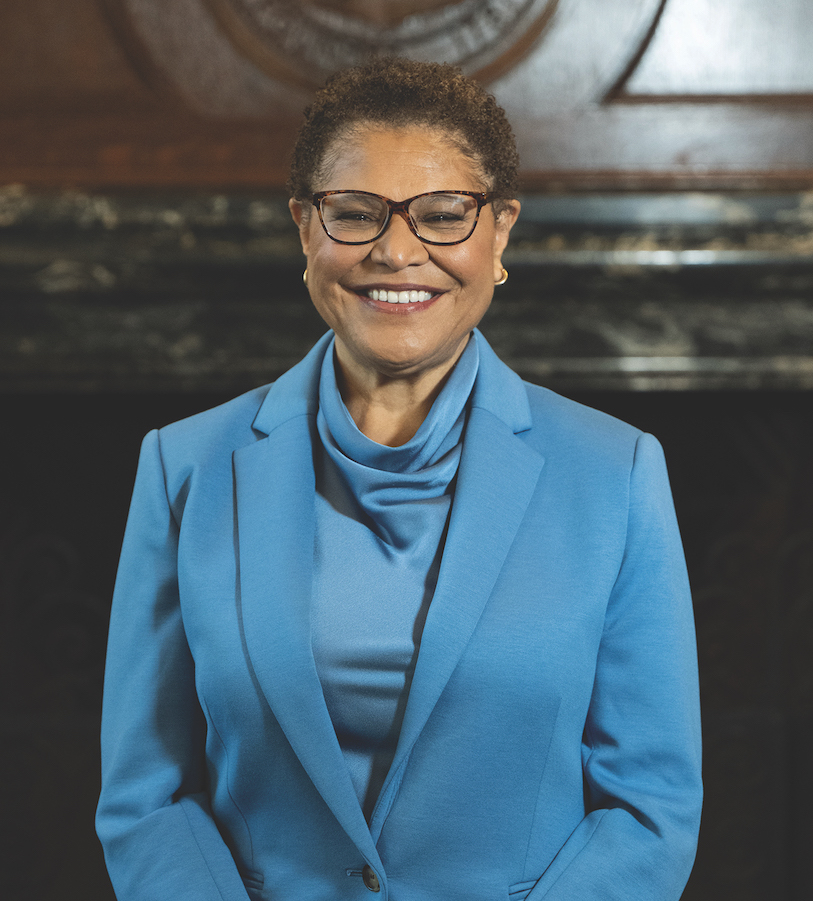
While Los Angeles is not the only American city to struggle with the issue, its homeless population is disproportionately large. When running for Los Angeles Mayor, Karen Bass addressed homelessness, in an interview with Boyle Heights Beat, as one of the largest issues facing the city. She said that solving homelessness is complicated by the many different reasons people become homeless.
“Some people in those tents work full time,” she said. “They just can’t afford rent, and they might have a credit problem, or there might be some other reasons. Some of them are veterans. Thousands of the unhoused are children. Some of them are with their mothers, because their mothers were fleeing domestic violence. Some of them are former foster youth… Some of them were formerly incarcerated, some have substance abuse or mental health issues.”
Some of the problem has to do with the bigger issues connected to living in California. Californians have been dealing with high cost of living and lack of affordable housing for years. Many are still recovering from the effects of COVID-19. While there are many reasons behind homelessness, a recent study published by the University of California, San Francisco found many of the persons who recently became unhoused had been working and living in poverty, until some large or catastrophic event happened that caused them to lose their homes – like a health issue, divorce, or loss of a job.
At the core of the homeless problem, according to the UCSF study, is the lack of affordable housing. The lack of affordable housing is an issue that has plagued the state for decades. Land use and zoning policies exclude affordable housing and contribute to racial, economic, and housing segregation. While for the first time California is losing population, for decades it experienced significant population growth. According to estimates by the Public Policy Institute of California, in 2021 the state was 3.5 million units short of what was needed to accommodate its population.
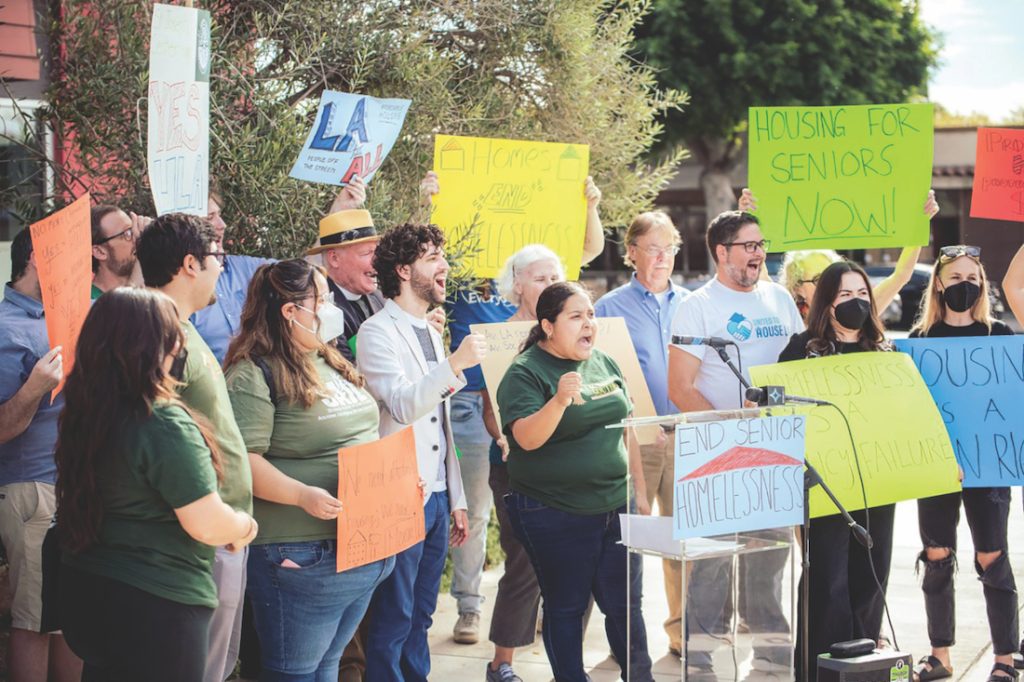
Even though affordable housing options exist across the county, the process to apply, get approved, and be offered a unit can prove overwhelming due to confusing language, requirements, and an unclear timeline for placement. In some cases tenants are selected through a lottery system where rent is charged based on size of the apartment, number of tenants, total income, and the Area Median Income (AMI).

The number of applicants, however, far outnumbers the available units leaving many low-income residents without options. According to the nonprofit East Los Angeles Community Corporation (ELACC), which advocates for economic and social justice and develops affordable housing, a recent lottery for an apartment building in Boyle Heights had more than 10,000 applications for just 63 units.
ELACC President and CEO Monica Mejia says the problem exists with the entire housing system.
“There are rental assistance programs, Section 8, and there’s public housing. All three of those programs are crowded, oversubscribed, with long wait times. They’re just not available. We have an incomplete safety net. There is not enough housing for everybody,” she said.
In Los Angeles County, subsidized housing wait lists are often more than two years, with government-owned public housing about five and a half years on average. Last year, the Housing Authority of the City of Los Angeles (HACLA) opened its Section 8 waiting list lottery application for two weeks. During that time a total of 223,375 applications were received, representing 505,946 total household members. This was a 19% increase in applications submitted from its previous opening five years prior. In a press release, HACLA’s president addressed the shortage.
“At the Housing Authority of the City of Los Angeles, we are keenly aware of the lack of resources that individuals and families face when it comes to affordable housing solutions in our city, and this was reflected in the number of applications we received in this short two-week period,” said HACLA President & CEO Doug Guthrie.
People more vulnerable to becoming homeless include those with a history of trauma, and those from racial minorities. Venice Community Housing is a nonprofit that operates more than 250 units of affordable and supportive housing, as well as short-term housing for families and transition-aged youth experiencing homelessness. The organization’s mission is to challenge the root causes of housing injustice and work to ensure equitable affordable homes for all.
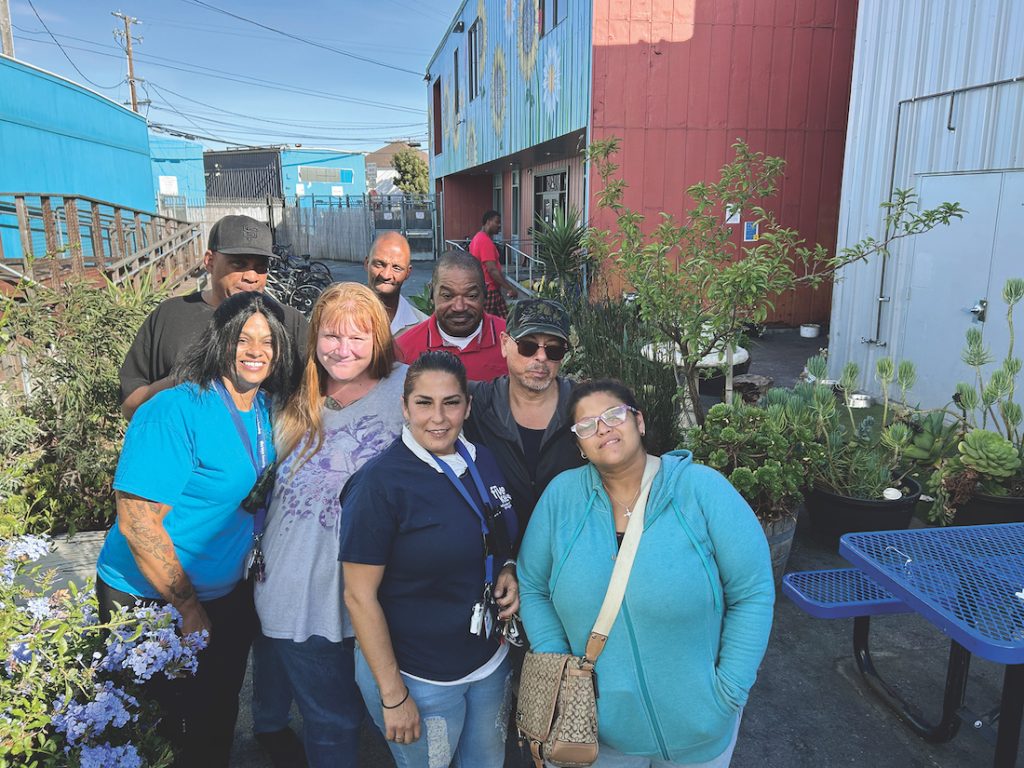
Another challenge to the homeless crisis has to do with the fact that individuals who experience homelessness also have higher rates of mental health conditions and substance abuse than the general population.
Steve Good, president and CEO of the nonprofit Five Keys Schools and Programs, helps to house approximately 1,500 people on a nightly basis. He believes substance abuse and homelessness create a never-ending cycle.
“Homelessness and addiction go hand in hand,” he says. “The need to self-medicate and forget the trauma of what it’s like to live on the street is so overwhelming.”
In the 2023 Los Angeles Homeless Services Report, 30% of unhoused people report experiencing substance use disorder.
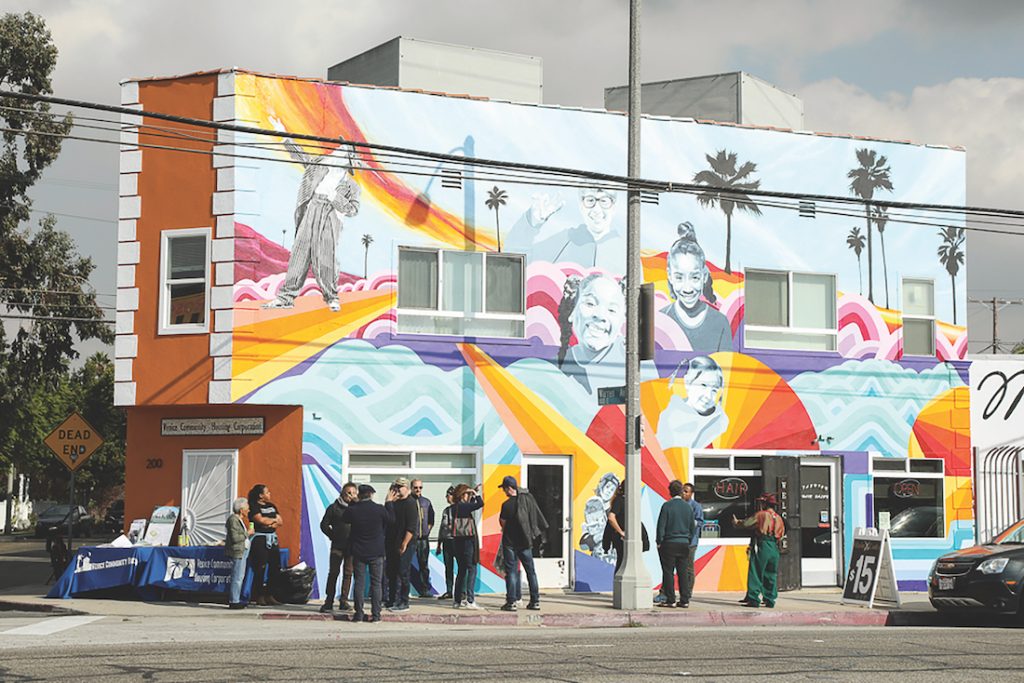
Many women who find themselves without stable housing have experienced domestic abuse and end up on the streets in order to escape their abuser. For the past 45 years, the Downtown Women’s Center has been supporting homeless or formerly unhoused women with housing, resources, and job training. A spokesperson for the Center says women living on the streets are faced with unique sets of challenges and vulnerabilities.
“While experiencing homelessness, their likelihood of experiencing violence, because they are women, or trans women, is incredibly high,” she said. “We need to have services, and providers and case managers that are trauma informed, that are culturally responsive.”
In Los Angeles, housing or the lack thereof, is a pressing issue that demands immediate action. With a growing number of people and families living in unstable conditions, our broader crisis encompasses housing shortages, economic disparities, mental health struggles, and substance abuse issues.
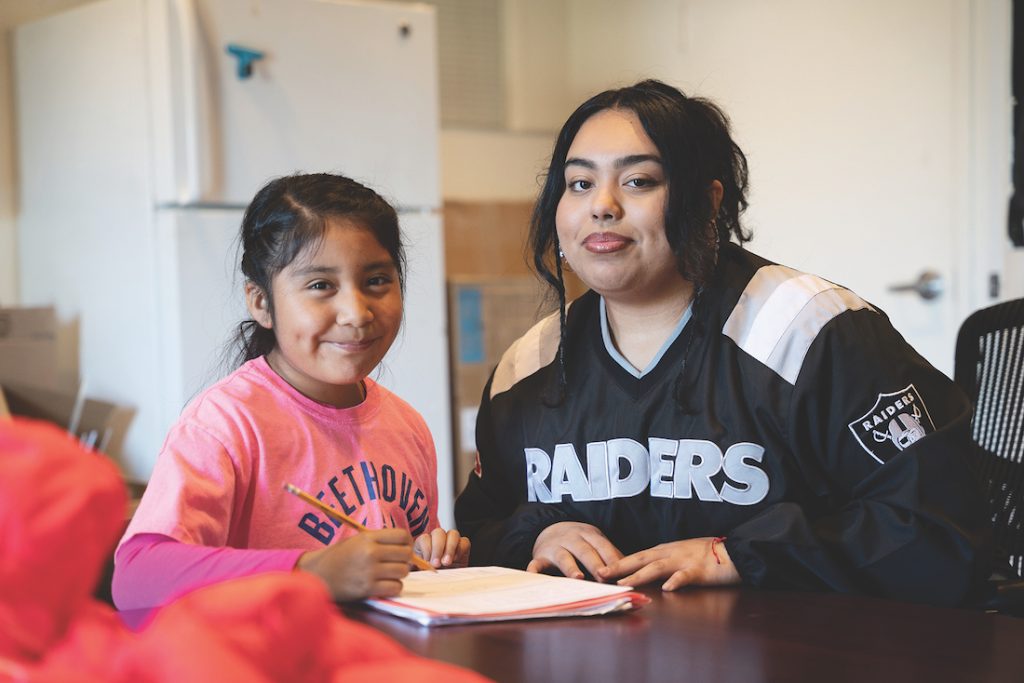
Since taking office in 2022, Mayor Karen Bass has created programs to alleviate L.A.’s homeless crisis, including Project Room Key. This program was originally designed to facilitate social distancing among homeless individuals during the height of the pandemic. At its peak, Project Room key included more than 4,000 rooms in 37 hotels.
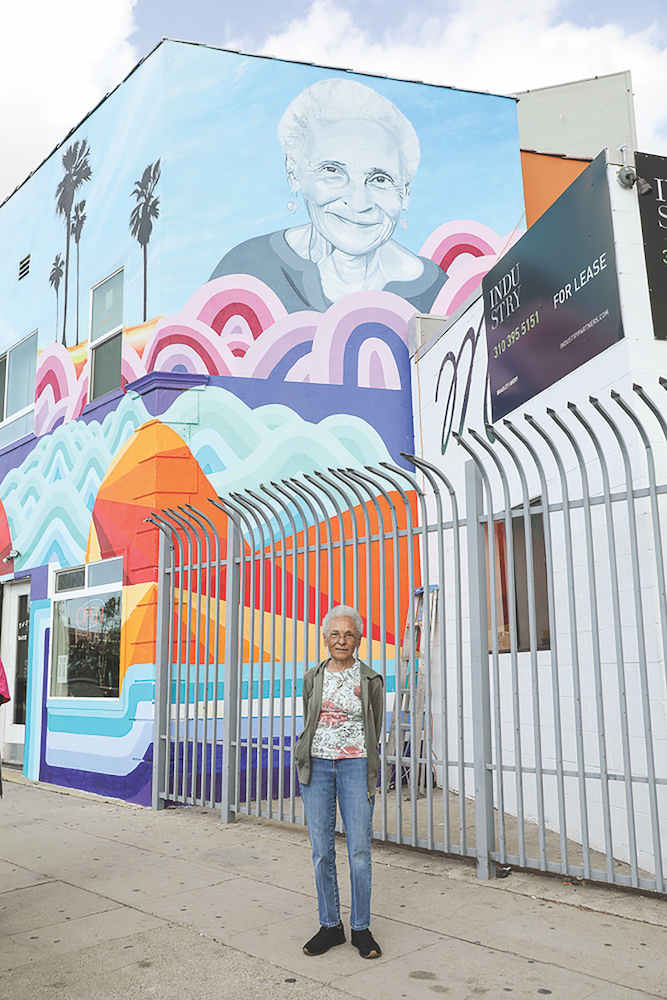
Bass later launched in 2023 the Inside Safe program, which hopes to prevent encampments from returning.
“Angelenos are moving from Inside Safe into permanent supportive housing with the resources they need to get back on their feet,” Mayor Bass tweeted in August of this year. “This is what the start of a new life looks like away from the streets.”
So far this year over 4,800 permanent housing placements have been made, but there is still a big gap that needs to be closed. In the latest California budget, Governor Newsom has committed more than $15 billion to “address the issue of these damn encampments.”
But even when the state keeps spending more money to address the homeless crisis, the situation keeps getting worse. Even as efforts to help people experiencing homelessness expand, the inflow of new people into homelessness also grows.
While homelessness response leaders work together to end the crisis, more must be done to address the root causes of the issue. An increase in the number of affordable housing units could mean more permanent housing placements. In Los Angeles, the appointment of Mayor Karen Bass to the Los Angeles Homeless Services Authority Commission is the latest commitment to confront the issue.
But if anything has been learned, it’s that this current crisis calls for a sustained, collaborative effort and that it will take more than one way to solve this issue. A combination of compassion, policy reform, and community engagement can help make significant strides toward reducing homelessness and restoring dignity to the lives of those affected in Los Angeles and beyond.
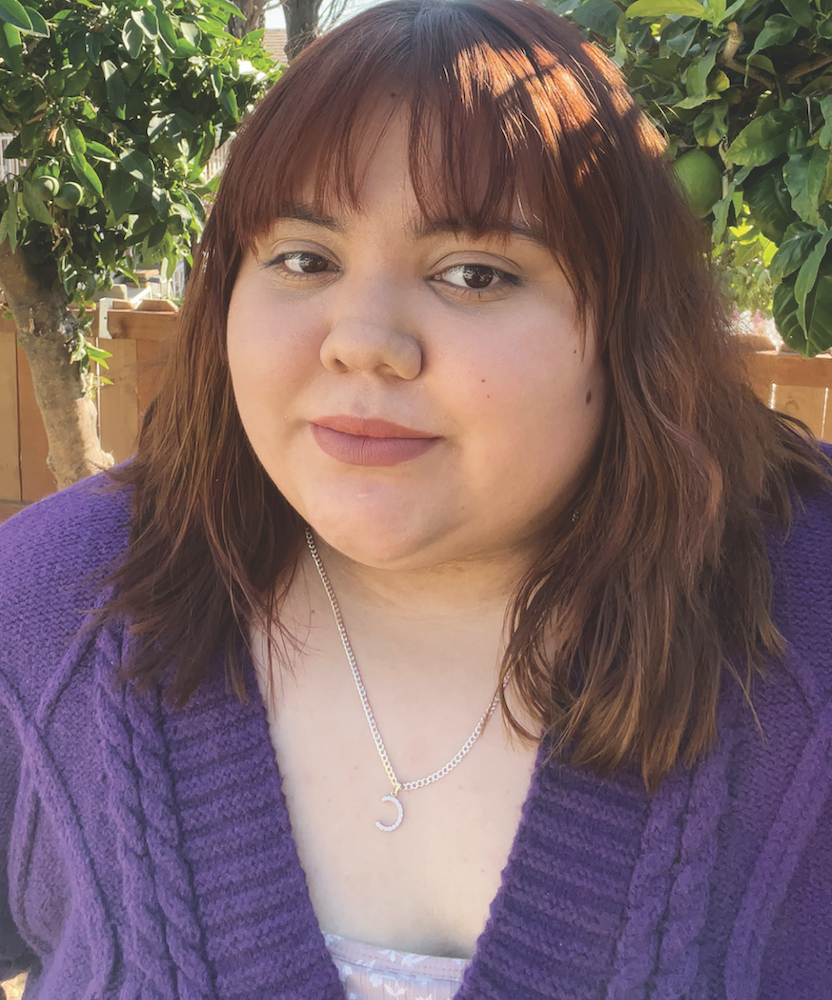
Carmen González is a bilingual reporter and radio host. She began her career as a youth reporter for Boyle Heights Beat during her junior year in high school. During her time at the Beat, she wrote about societal issues. Whether she was writing about college students experiencing homelessness, or elders in the community facing uncertainty because of their immigration status, Carmen navigated each story with curiosity and care.
As an undocumented queer high school student, Carmen often felt like an outcast. It was only after joining the community news program that she felt empowered to embrace her identities. Talking with community members about their life struggles taught Carmen about the importance of vulnerability and having a community to support you.
For Carmen, her Boyle Heights Beat mentors were the main group of adults outside of her parents who truly motivated her to pursue higher education. Today she is a journalism student at Cal State Long Beach. Far out of her comfort zone, she carries all the knowledge she gained from the program with her. Carmen has returned to Boyle Heights Beat working as the community engagement coordinator and supporting the new generation of reporters.
To Learn more about Boyle Heights Beat: www.boyleheightsbeat.com/donate
